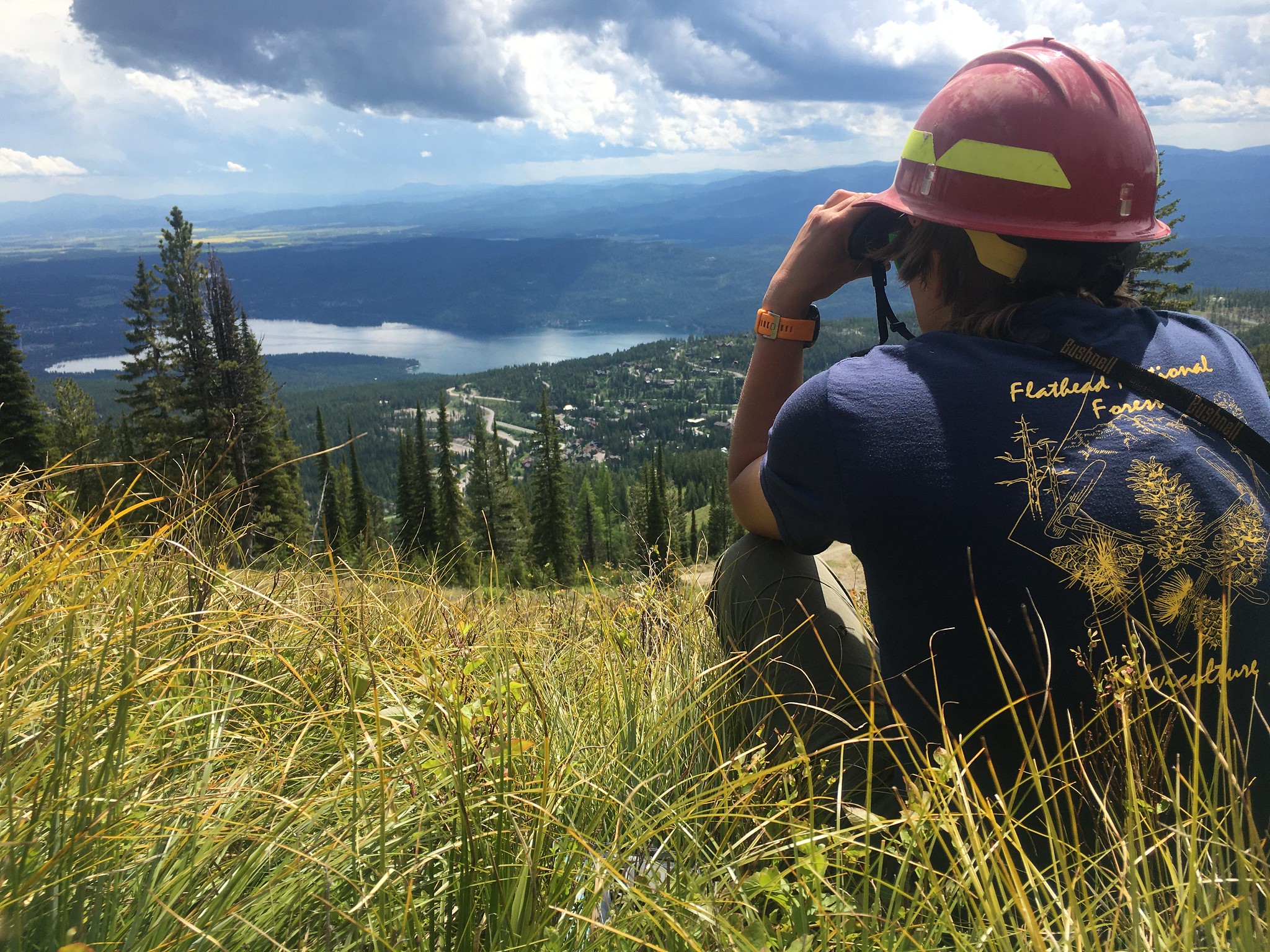Assessments
 The USDA Climate Hubs published a series of regional vulnerability assessments to provide their stakeholders with a baseline “snapshot” of current climate vulnerabilities, along with specific adaptive management strategies to increase the resilience of working lands in each region. They also include regional greenhouse gas profiles, which identify opportunities to reduce emissions and increase carbon sequestration. Each document also gives an overview of how partner USDA agencies are being affected by and addressing changing climate conditions.
The USDA Climate Hubs published a series of regional vulnerability assessments to provide their stakeholders with a baseline “snapshot” of current climate vulnerabilities, along with specific adaptive management strategies to increase the resilience of working lands in each region. They also include regional greenhouse gas profiles, which identify opportunities to reduce emissions and increase carbon sequestration. Each document also gives an overview of how partner USDA agencies are being affected by and addressing changing climate conditions.










